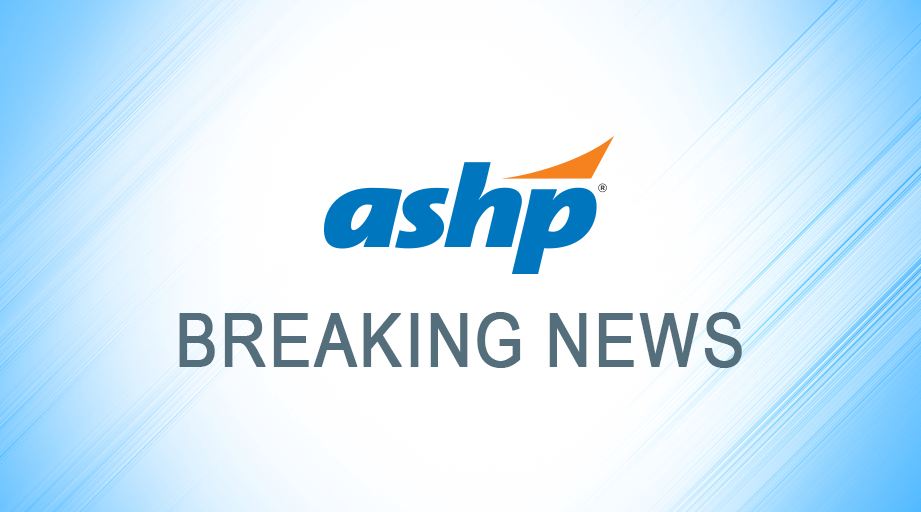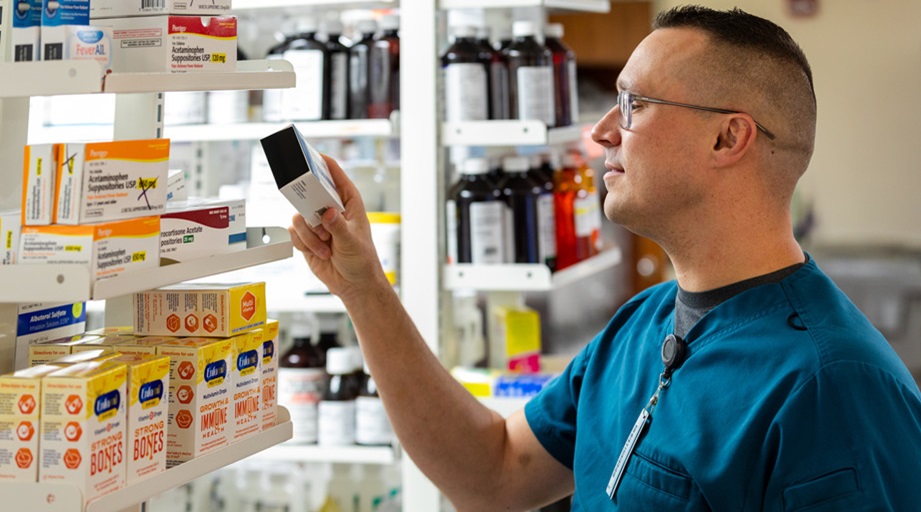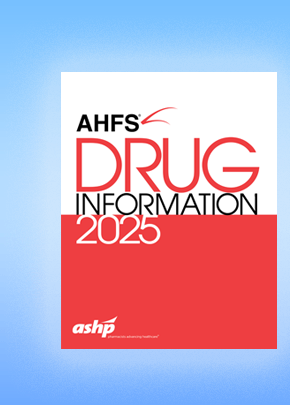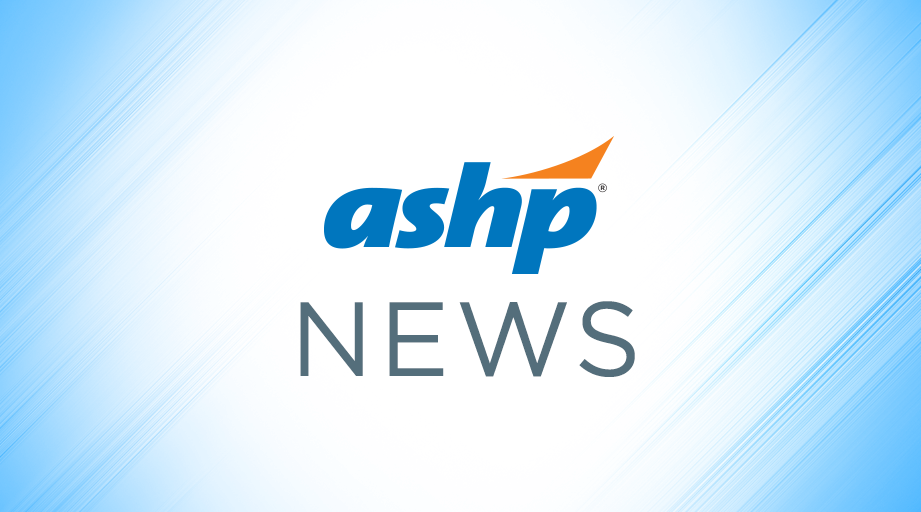
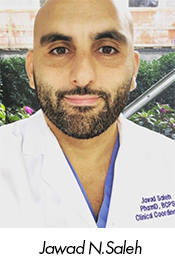 Jawad N. Saleh’s “19-COVID” tips offer a wealth of detail, gleaned from the early days of the COVID-19 pandemic, to help hospitals cope with the patient surges that are now occurring nationwide.
Jawad N. Saleh’s “19-COVID” tips offer a wealth of detail, gleaned from the early days of the COVID-19 pandemic, to help hospitals cope with the patient surges that are now occurring nationwide.
“I hope this presentation can act as a guide to help my fellow colleagues overcome the struggles of a surge when it hits their institution. At the minimum, I hope you can take away some key points to make the process easier. Because it is hard times,” Saleh said during the Tuesday Midyear session 19-COVID Survival Tips: Curb the Surge.
Saleh is clinical manager of pharmacy services for The Hospital for Special Surgery in New York City. When the pandemic devastated the city early this year, the 220-bed hospital converted operating rooms and anesthesia care units to intensive care unit (ICU) spaces to accept overflow COVID-19 patients from neighboring NewYork–Presbyterian Hospital.
Saleh was involved in every component of the ICU conversion — engineering, information technology, workflow redesign, and clinical and administrative issues. He emphasized that preventing staff exposure to SARS-CoV-2 and avoiding environmental contamination during the response were cornerstones of workplace and workflow redesign.
He said the hospital built out a negative pressure environment, adding walls and installing new exhaust fans with high-efficiency particulate air filters where needed. Donning and doffing areas were strategically placed for efficient workflow and required positive air pressure to minimize the risk of contaminating clean spaces.
Saleh said pharmacy input was critical for determining the placement of automated dispensing cabinets (ADCs), and engineering and information technology staff ensured power and connectivity for the cabinets.
Refrigerators were installed in the ICU space for the storage of patient-specific medications and i.v. solutions.
Strategic cabinet placement was done to decrease staff exposure to SARS-CoV-2 and minimize contamination of medications. Saleh recommended disabling biometric fingerprint access to ADCs — which requires glove removal — in favor of username and password access, if state law permits. Disinfectants should be on hand for cleaning the ADC after each use.
Saleh recommended the use of runners — nurses who are stationed in the negative-pressure COVID-19 units — to pull medications from ADCs and deliver them to nurses at the bedside.
He said “bundling,” or consolidation of medication administration times to twice daily, helped reduce the number of times nurses needed to enter and exit patient care areas. This conserved personal protective equipment and reduced contamination risks.
“Our [bundling] times were 10 a.m. and 10 p.m.,” Saleh said. “If [the medications] are time-sensitive, and they need to be given at 7 a.m., then you could just stack everything at 7 a.m. and 7 p.m.”
Saleh said it’s important to maintain an up-to-date list of daily medication needs and appropriate alternative drugs and to establish and follow clinical criteria for the use of COVID-19 medications.
“I.V. room pharmacists may need additional staffing because compounding is going to increase, and you’re going to get creative and try to compound more and more,” Saleh added. “I would have a pharmacist specifically work on extended beyond-use dates so that you already have a list of guidance of where to go to extend some of these medications during a shortage.”
Saleh also covered how the hospital handled medication management and clinical pharmacist involvement in responding to cardiac arrests. He said that during a COVID-19 surge, “cardiac arrests are going to increase significantly, and you’re going to have ... multiple cardiac arrests at a time.”
He recommended that hospitals have around-the-clock clinical pharmacist availability for responding to cardiac arrest, but he advised against having pharmacists — and medication carts — enter the patient’s room.
The presentation also offered tips on creating pharmacy teams; meeting well-being and resilience needs; managing infusion pumps, medication returns, anticoagulation, and fluids; ventilator use; and other critical topics that arose at the hospital. And the presentation conveyed Saleh’s heartfelt hopes that pharmacists can benefit from his hospital’s experiences.
“If [just] one of these 19 tips goes somewhere in your institution, it means the world to me,” Saleh said.
This news story was published in the Dec. 10 issue of ASHP’s Midyear 2020 News & Views. The session is available for on-demand viewing until March 10.



